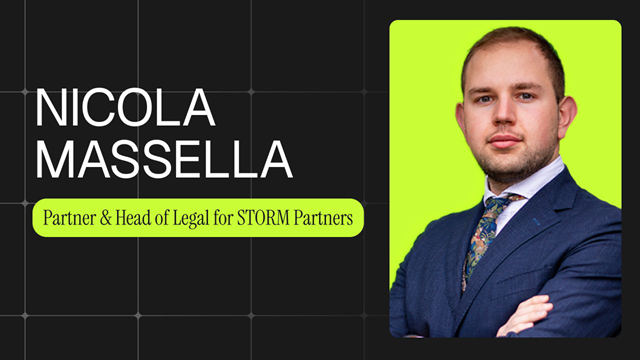Comparing Crypto Staking Regulatory Frameworks in 2025: The US and Switzerland Are Charting Their Own Paths

Cryptocurrency staking has become a pillar of the modern blockchain ecosystem. As platforms such as Ethereum, Solana, and chains using Proof-of-Stake consensus mechanisms increasingly dominate the market, shaping the regulatory framework for staking has become urgent. 2025 marks a significant turning point as both Switzerland and the United States, two major financial centers, have made significant strides in clarifying staking regulations. However, each country’s approach reflects deeply different priorities: Switzerland emphasizes prudential soundness and asset segregation, while the United States focuses on securities classification and investor protection.
Switzerland: Risk Management and Asset Protection in Bankruptcy
The Swiss Financial Market Supervisory Authority (FINMA) has issued Guideline 08/2023 to clarify the regulation of staking in the context of the new legal framework established by the DLT Act. FINMA’s focus is not to prohibit or limit staking, but to ensure that customer assets are segregated and can be safely repaid in the event of the intermediary’s insolvency.
FINMA has identified that some technical elements of staking, such as lock-up periods or slashing risks, make it difficult to determine asset ownership. To address this, the regulator has developed an “interim practice” that guides licensed entities to operate betting services without additional capital requirements, provided that the following conditions are met:
Clients provide clear instructions on the types and amounts of assets to be staked.
There is a clear asset allocation system among clients.
Clients receive transparent information on risks, including the possibility of curtailment and lock-up periods.
The entity operating the validator node must minimize operational risks.
Prepare a bankruptcy plan with a blockchain-based asset verification system.
This approach helps Switzerland maintain its reputation as a financial center open to innovation, while upholding standards for protecting investor assets.
United States: Legal Perspectives Based on the Definition of Securities
Meanwhile, the U.S. Securities and Exchange Commission (SEC) approaches staking through the lens of the Federal Securities Law. In May 2024, the SEC’s Division of Corporation Finance released a statement analyzing whether staking activities are considered “investment contracts” under the Howey test, the legal standard for determining whether an asset is a security.
The SEC concluded that “protocol staking,” where an investor simply contributes assets to the network in exchange for validator rewards, does not satisfy the “efforts of others” element of the Howey test. According to the agency’s analysis:
Activities such as self-staking or delegated staking are not considered to be business endeavors on the part of a third party.
The rewards are a reward for validating services, not profits that are dependent on the performance or success of another organization.
Custody arrangements can still be legal, as long as the provider does not have the right to actively decide whether to stake assets.
Ancillary services such as asset pooling or cutoff insurance do not change the legal nature of staking.
However, the SEC also notes that this analysis does not apply to more complex models such as liquid staking, where staked assets are converted into tradable tokens. Such models remain in a legal gray area and may be subject to increased scrutiny in the future.
Practical implications for the market
The Swiss and US approaches represent two different regulatory philosophies but both aim at a common goal: providing legal certainty for a core technology activity.
In Switzerland, the priority is to protect user assets in high-risk situations such as bankruptcy. This is in line with the country's philosophy of safe banking and financial transparency.
In the United States, the priority is to ensure that staking is not used as an opaque capital raising tool without complying with securities regulations.
Both frameworks send a positive message to the industry: staking is not considered an illegal activity if it is designed and operated in a transparent, responsible manner and does not cross the boundaries of existing financial laws.
Conclusion
2025 sees a major step forward in building a legal corridor for staking, a vital component of modern blockchains. While Switzerland emphasizes precautions and clear ownership of assets, the United States focuses on separating technical services from financial products.
For Web3 projects, staking service providers, and institutional investors, understanding these two models is a prerequisite for building sustainable and regulatory-compliant financial products.
